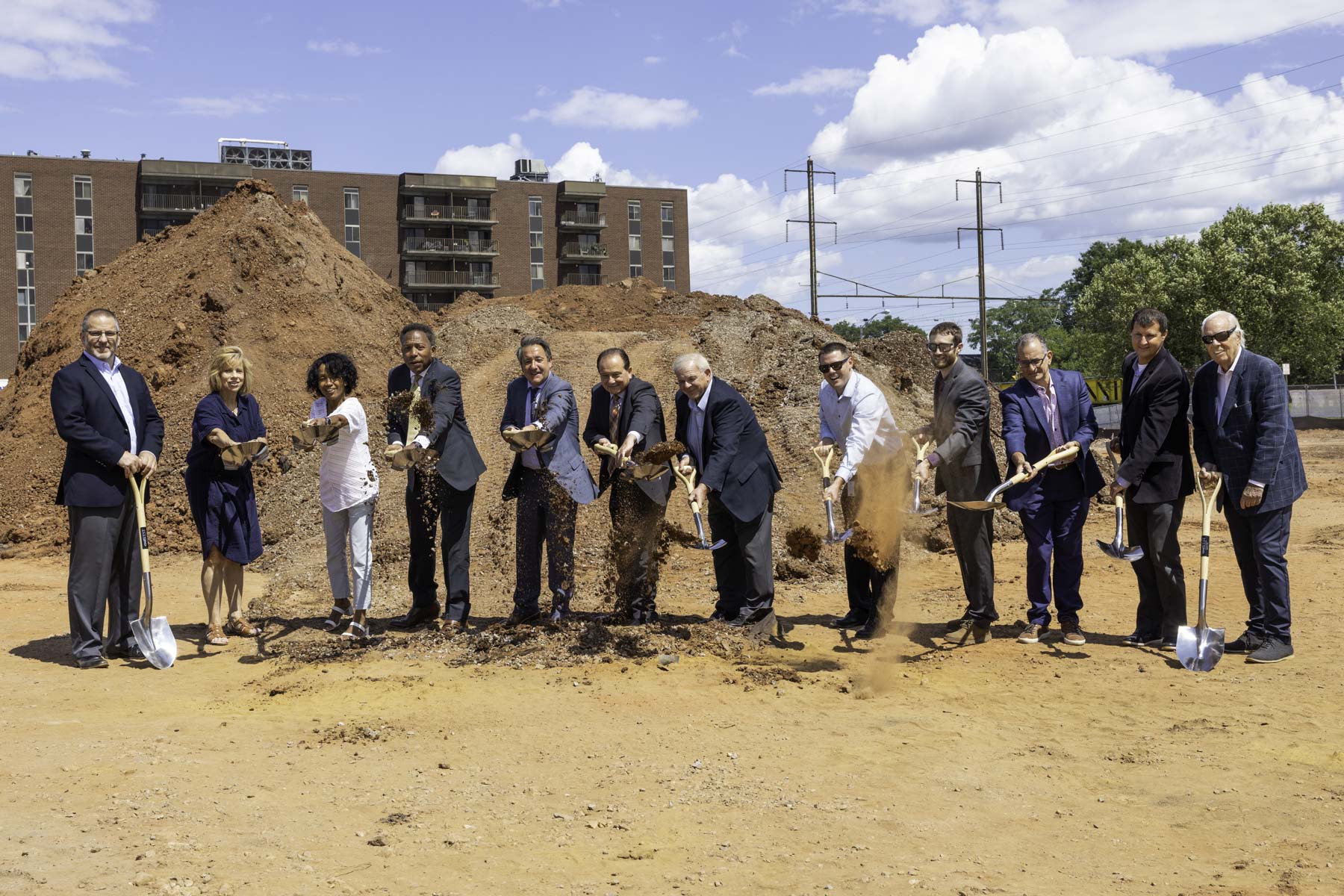In July 2011, the White House Twitter account started a campaign to directly connect President Barack Obama with the public. During the first “Twitter Townhall,” Obama answered questions from Twitter via #AskObama live. At that moment, arguably the most influential public figure in the world opened up a new platform for direct information exchange with the public.

Four years later, Obama got his own Twitter account as president – @POTUS. Although the White House Twitter continued, the assumption was that staffers regulated the account, not the president. Conversely, @POTUS didn’t represent the nation; it ostensibly represented the thoughts and feelings of the president. Obama shared his sentiments about basketball one day then made a statement on the dangers of gun violence the next.
Now almost all political and public figures bring direct quotes to journalists through their Twitter and Facebook posts regularly. Averaging 36 tweets a day, President Donald Trump leads the pack, sharing with the public his opinions on everything from White House policies to attacking his many political and celebrity foes, spreading false narratives, and proclaiming his abhorrence of the so-called “mainstream media” – or as he calls it, “the fake news media.”

For the first time, journalists receive announcements from the President via Twitter instead of through daily White House briefings. The press is limited to hearing his responses to impromptu questions from reporters working for the outlets of his choosing, and spontaneous phone call interviews to his most supportive news network, Fox News.
Trump’s direct address to the people via Twitter has replaced the opportunity for discourse between the public and their varying beliefs that are represented by news outlets. But the President of the White House Correspondents’ Association, Olivier Knox, doesn’t believe social media can replace the media’s traditional checks on the President. “While other avenues exist to obtain information, the robust, public back-and-forth we’ve come to expect in the James S. Brady briefing room helps highlight that no one in a healthy republic is above being questioned,” Knox said on the WHCA website.
Of course, the social media boom has added more to journalism than simply these new types of announcements. It has changed the way journalists compile and disseminate information altogether. The New York Times states in their Social Media Guidelines the many applications social media has for the company, “Social media plays a vital role in our journalism. On social platforms, our reporters and editors can promote their work, provide real-time updates, harvest and curate information, cultivate sources, engage with readers, and experiment with new forms of storytelling and voice.”
Top media companies and professional reporters understand that social media must be embraced. From the Washington Post to the Wall Street Journal, every major newspaper has Twitter accounts, Facebook pages, and Instagram profiles with daily posts for marketing purposes. And many outlets even encourage individual reporters to engage with audiences on their personal Twitter accounts as well.
To the journalists’ benefit, Twitter messaging, public or private Facebook posts, and Linkedin accounts make finding sources and contacting them easier than ever before. On top of that, individual reporters now have a direct discourse with their audience through comments, tweets, Instagram messages, and more. It’s also an easy way for the public to message a journalist a tip.
 Although there are many positives to expanding into the social media landscape, there are also potential pitfalls for companies and journalists as a whole. In that same guidebook, the New York Times also warns reporters they are acting as representatives of the company every time they write or share a social media post on their personal accounts.
Although there are many positives to expanding into the social media landscape, there are also potential pitfalls for companies and journalists as a whole. In that same guidebook, the New York Times also warns reporters they are acting as representatives of the company every time they write or share a social media post on their personal accounts.
And recent history has shown there can be swift action when reporters express bias or controversial opinions. In 2010 Octavia Nasr, a former CNN reporter, tweeted a goodbye to the recently deceased Sayyed Mohammed Hussein Fadlallah and revered him as “One of Hezbollah’s giants I respect a lot.” Nasr was fired by CNN soon after backlash erupted from CNN audiences about the tweet.
Social media can be a powerful tool that reveals more personal opinions than ever. And some believe the outlet these platforms have provided is changing traditional journalism at its core. A Pew Research Center study from 2018 revealed that 68% of Americans get their news via social media.
And in 2019, the concern of how social media affects the information we are exposed to is apparent. Pew reported that 88% acknowledge that social media affects the diet of news they see, and 62% believe it’s an issue. For consumers, the mixture of social media control and growing skepticism in journalists is ringing in a growing era of wariness toward journalists.
When information is at the public’s fingertips and can be distributed by everyone and anyone at a moment’s notice, the wait for quality content, in-depth research, accurate sourcing, and fact-checking doesn’t seem worth the wait. Partnerships like the ones between Facebook and legitimate news organizations called “Facebook News” may be a step in the right direction.
But one can only hope legitimate news outlets hold steady to time-honored journalism practices and ethics for the honest news the public deserves in this ever-changing media landscape.

